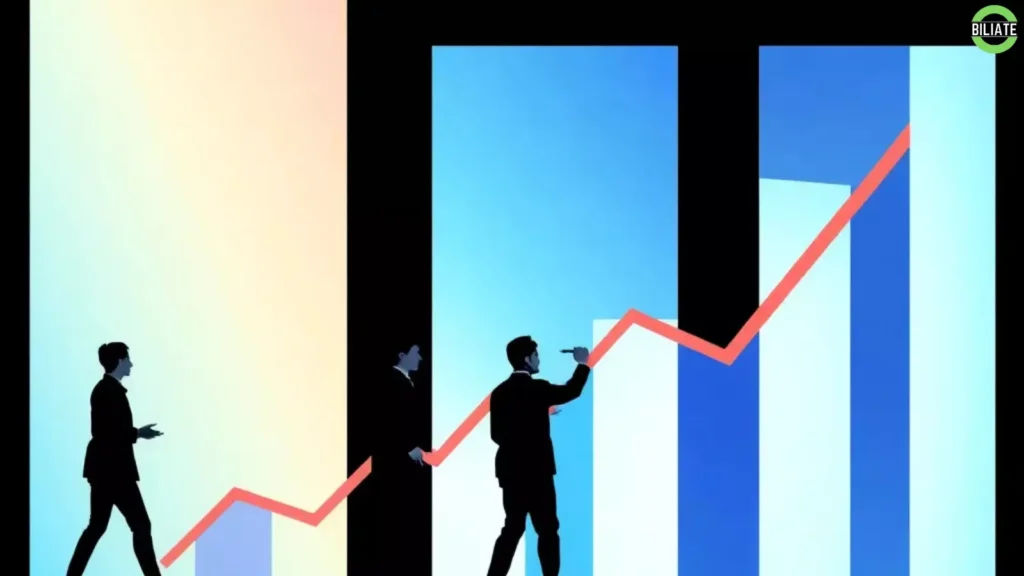In the quest for higher engagement on social media, one common piece of advice often circulates: post at peak times for the best results.
The logic seems sound—if more people are online, more people should see and engage with your content.
But does posting at peak times truly guarantee better engagement, or is it simply a well-intentioned myth?
While timing plays a role, there are other critical factors that influence engagement, such as content quality, platform algorithms, and your specific audience’s habits.
This article explores the truth behind peak posting times and reveals strategies to maximize engagement, regardless of when you post.

The Role of Audience Behavior in Engagement
Understanding your audience’s habits is the first step in determining whether posting at peak times will actually make a difference. General peak times are helpful, but to maximize engagement, it’s essential to know your unique audience’s online behavior.
- Social Media Analytics: Use tools like Instagram Insights or Twitter Analytics to discover when your audience is most active. This data helps identify personalized peak times rather than relying on generalized statistics.
- Testing Different Times: Experiment with posting at various times and track the results to see if engagement is higher during peak hours or at times unique to your audience.
Knowing your audience’s specific habits is a more reliable strategy than relying on average peak times, which may not reflect your followers’ patterns.
Platform Algorithms and Their Impact on Engagement
Social media algorithms, especially on platforms like Instagram and Twitter, play a significant role in content reach and visibility. These algorithms prioritize content that receives quick engagement, meaning that even peak-time posts may not reach full potential if they aren’t optimized for algorithmic favor.
- Early Engagement Signals: Algorithms often favor posts that get immediate reactions. Engaging captions, interactive content, or compelling visuals can prompt quick interactions, boosting the algorithmic ranking.
- Relevance and Relationship: Platforms prioritize showing content from accounts users interact with frequently. Building strong connections with your audience can have more impact than posting at peak times alone.
Understanding the platform’s algorithm and how it rewards engaging content can be more effective than merely timing posts to align with peak hours.
Content Quality is Key—Regardless of Timing
While timing matters, content quality is ultimately the foundation of engagement. The best peak time won’t help if your content doesn’t resonate with your audience.
- Create Relevant and Unique Content: Content that addresses your audience’s interests, needs, or pain points tends to drive more engagement, regardless of timing.
- Consistency in Quality: Posting consistently high-quality content keeps your audience engaged and returning, even if it’s outside peak hours. Users are more likely to interact with content that consistently meets their expectations.
Quality is the biggest driver of engagement, and a well-crafted post can perform better at any time if it’s valuable to your followers.
The Power of Testing and Optimization
Finding the best posting time for your specific audience often requires trial and error. Test different times, track engagement, and optimize your posting schedule based on these insights.
- A/B Testing on Different Days and Times: Try posting similar content at different times and days of the week, comparing engagement results to find patterns that work best.
- Analyze and Adjust: If certain times or days consistently perform better, consider making these your regular posting windows. Continue monitoring to see if these times remain effective as your audience grows.
Experimentation allows you to pinpoint times that truly work for your audience and adapt to changes in behavior over time.

Importance of Content Variety and Format
Engagement rates can vary based on content format, and peak times may impact different formats differently. For example, stories, reels, or carousels on Instagram may engage users more at certain times, while single-image posts perform better at others.
- Use a Mix of Formats: On platforms like Instagram, mixing formats—reels, stories, carousel posts—keeps your feed dynamic and reaches different audience segments.
- Identify Optimal Formats for Your Audience: Some audiences engage more with visual-heavy content, while others prefer text posts. Experiment with formats to see which your audience favors and whether peak times enhance engagement for these formats.
Content variety ensures that your posts capture different audience preferences, which can help maximize engagement, regardless of timing.
The Real Impact of Peak Times on Organic Reach
While peak times can increase the immediate visibility of posts, their effect on organic reach varies by platform and audience. If engagement is low during peak times, the post may quickly drop in ranking, reducing its reach and impact.
- Initial Boost vs. Sustained Engagement: Posting during peak times may lead to an initial spike in visibility, but sustained engagement depends on factors like content relevance and quality.
- Timing vs. Relevance Balance: The best strategy is to balance peak timing with relevance. Posting valuable content slightly outside of peak times can still drive high engagement if it resonates with your followers.
Ultimately, while peak times offer a potential advantage, they aren’t a guarantee. Engagement is better sustained when content is valuable and relevant to the audience.
Use Scheduling Tools to Simplify Timing
Scheduling tools can help optimize posting times, especially if your peak times don’t align with your availability. Tools like Later, Hootsuite, or Buffer analyze audience activity and recommend times for optimal engagement.
- Automate Consistent Posting: Scheduling ensures you post consistently, which contributes to maintaining engagement over time.
- Experiment with Suggested Times: Many scheduling tools suggest optimal times based on data analysis. Experiment with these suggestions to see if they increase engagement.
Automated scheduling can free up your time and help you remain consistent, which is essential for sustained engagement growth.

Set Realistic Engagement Expectations
It’s essential to set realistic expectations when considering peak times. Engagement rates fluctuate due to algorithm changes, seasonal shifts, and even daily variances in online behavior.
- Expect Fluctuations: Engagement will naturally vary, even during peak times. A holistic approach to tracking engagement helps you see the bigger picture over time.
- Engage Consistently with Your Audience: Beyond timing, interacting with followers—through comments, DMs, or likes—can foster stronger connections, which often translates to more engagement in the long term.
By setting realistic expectations, you can view engagement trends as part of a broader strategy rather than being overly focused on peak-time results.
Conclusion
Posting at peak times can offer a temporary boost in visibility, but it’s not a surefire way to guarantee engagement.
Success on platforms like Instagram and Twitter requires a combination of understanding your audience’s habits, leveraging platform algorithms, and creating high-quality, relevant content.
Testing and optimization are key to refining your posting strategy, and scheduling tools can help ensure consistency.
By balancing timing with these other essential factors, you can achieve more meaningful engagement and build a stronger, more loyal following on social media.

